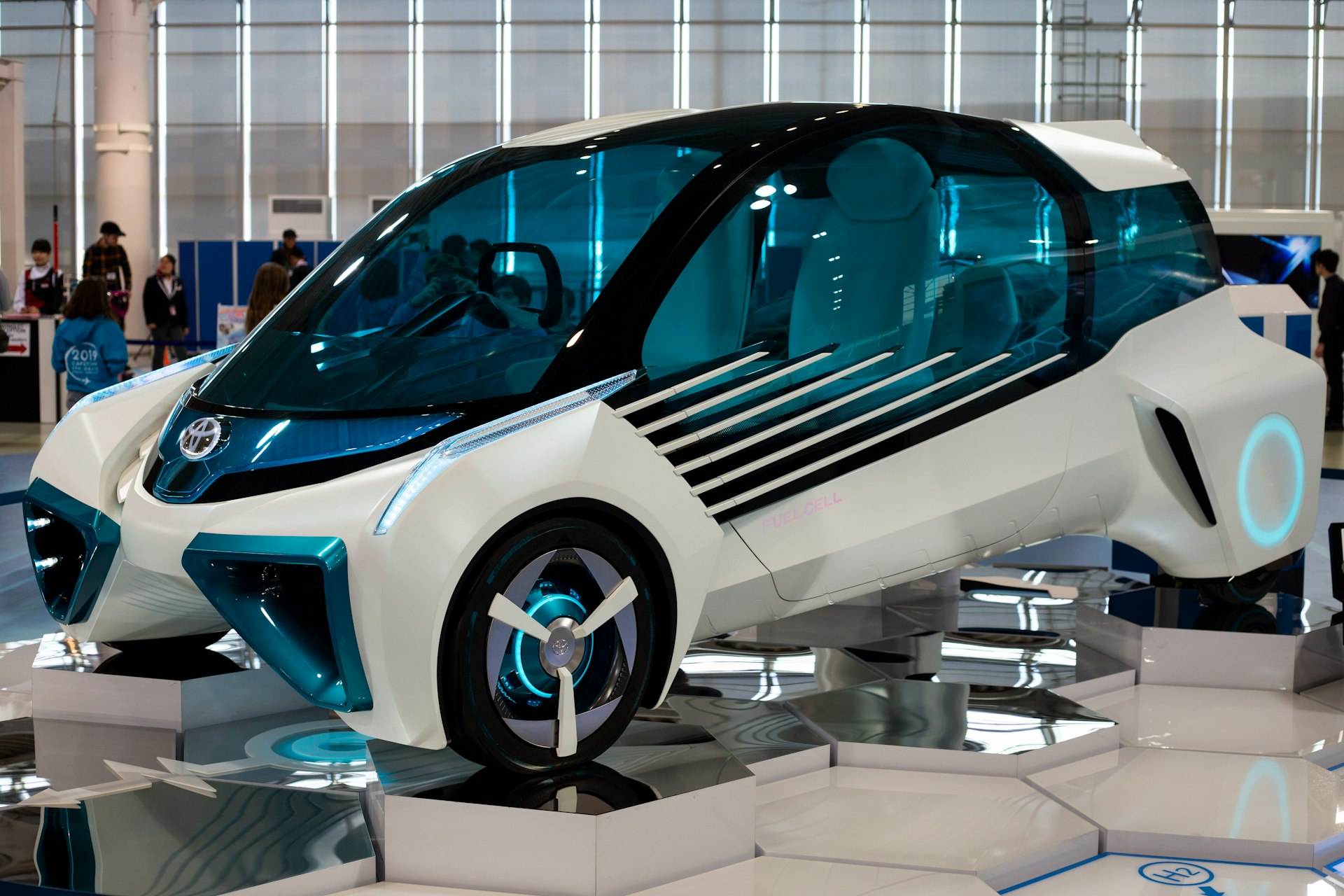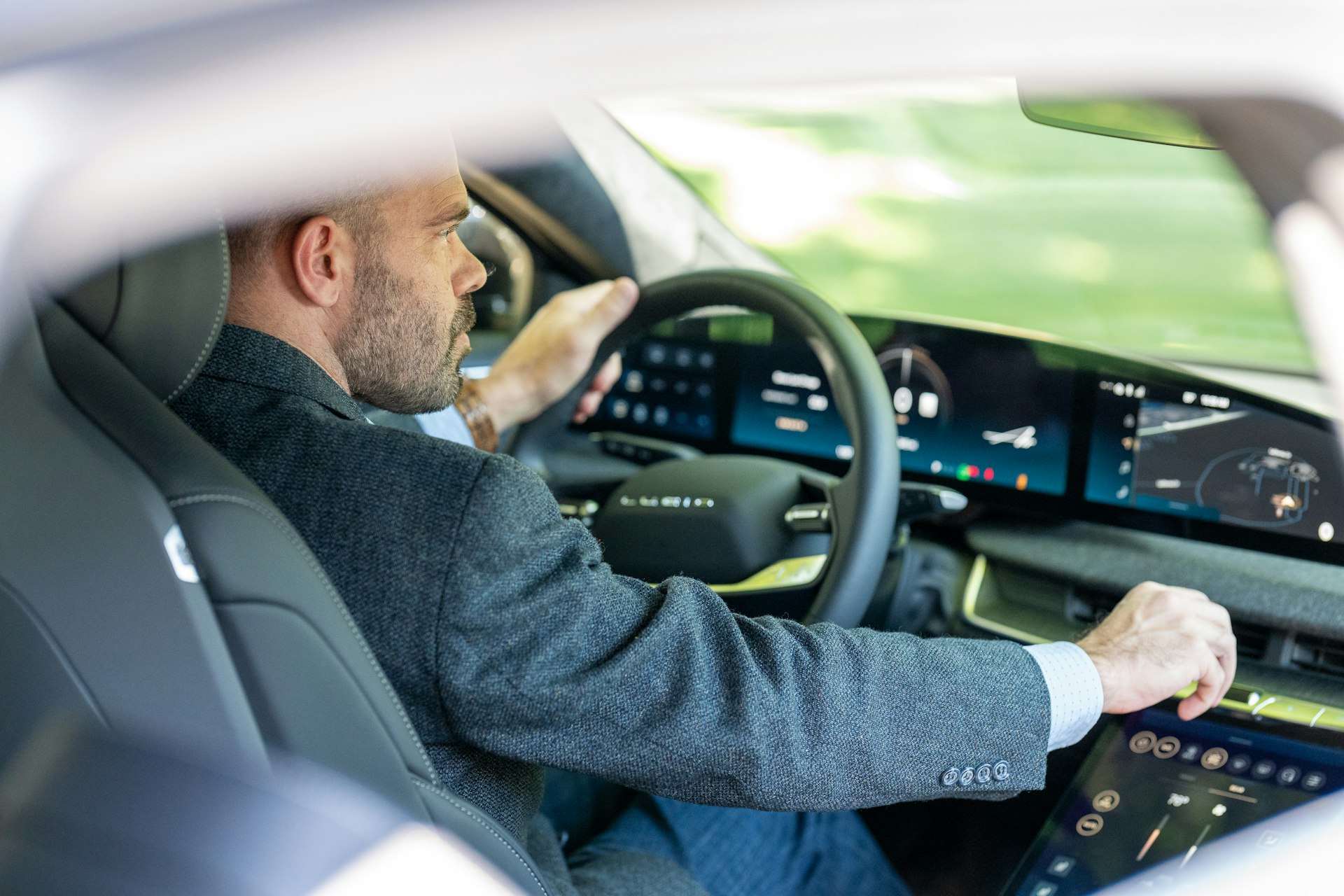How Government Incentives Are Accelerating Electric Vehicle Adoption in 2025

Photo by Andersen EV on Unsplash
Introduction: The Push for Electric Vehicle Adoption
In 2025, the shift to electric vehicles (EVs) is a defining trend in transportation. Governments worldwide are implementing a variety of incentives to accelerate EV adoption, supporting both consumers and businesses. These policies aim to reduce emissions, increase energy independence, and build critical infrastructure. Understanding the landscape of incentives can help individuals, businesses, and property owners make informed decisions and capitalize on available opportunities.
Federal Tax Credits and Consumer Benefits
The United States federal government has made substantial moves to encourage EV adoption through tax credits. The Inflation Reduction Act (IRA) expanded federal tax credits for new and used EVs, as well as for commercial vehicles and home charging installations. For qualified new EVs, the tax credit is up to $7,500 ; for used EVs, it can reach $4,000 or 30% of the sales price, whichever is less. These credits are available for vehicles placed into service before September 30, 2025. As of January 1, 2024, eligible buyers may also apply the tax credit upfront as a discount at the point of sale, making it easier to afford an EV immediately [3] .
There are key eligibility requirements. For example, the full $7,500 credit is only available for vehicles that meet specific North American assembly and battery-sourcing criteria. Additionally, income limits apply, so not all buyers will qualify for the maximum benefit. To determine eligibility, buyers should check the current IRS guidelines or consult with their tax advisor.
Incentives for EV Charging Infrastructure
Beyond vehicles, government incentives also target the installation of EV charging stations. Homeowners can claim a federal tax incentive covering up to 30% of the installation cost for Level 2 chargers, making home charging more affordable. This is particularly beneficial in states like New Jersey, where additional state-level programs further offset costs [1] .
On a broader scale, the National Electric Vehicle Infrastructure (NEVI) Formula Program allocates billions to states to fund public charging networks, especially along key transportation corridors. Funds can be used not only for installation but also for ongoing operation, maintenance, and network integration [4] .
For businesses and developers, state grants and federal tax credits can be combined to significantly reduce the cost of installing EV charging infrastructure. For example, New Jersey’s “It Pays to Plug In” program offers grants of up to $4,000 for public-access chargers, and similar programs exist in many other states [1] .
State-Level Incentives and Local Opportunities
Many states supplement federal incentives with their own programs. These may include rebates, grants, or additional tax credits for both vehicles and charging stations. The specifics vary widely, with some states offering substantial support and others focusing on network build-out in underserved regions.
For example, New Jersey provides grants not just to businesses but also to multi-family property owners, making it easier for landlords to attract tenants by offering EV charging as an amenity. Other states, like California, have long-running rebate programs and are investing heavily in both public and private infrastructure.
To access these opportunities, you can:

Photo by Michael Marais on Unsplash
- Check your state’s official energy or transportation department website for EV incentive programs.
- Search for your state’s name alongside “EV rebates” or “EV charging grants.”
- Contact your local utility provider, as many offer their own incentives or technical support for EV adoption.
How to Access Government EV Incentives: Step-by-Step Guidance
Accessing government incentives for EV adoption typically involves several steps. While the process may vary by program and location, the following general approach can help:
- Identify Your Eligibility: Review the federal and state requirements for vehicle or charger eligibility. For federal tax credits, check the latest IRS publications or consult your tax advisor. For state programs, visit your state’s energy or transportation agency website.
- Document Your Purchase: Keep all purchase receipts, vehicle identification numbers (VIN), and installation invoices for chargers. These will be required when applying for credits or rebates.
- File for Credits: For federal tax credits, you will typically claim the incentive when filing your annual tax return. For some state or utility rebates, you may need to submit an application online along with supporting documentation.
- Combine Benefits: Where possible, combine federal, state, and utility incentives to maximize your savings. Many programs allow stacking, but be sure to read the fine print on each offer.
- Consult Official Resources: If you are unsure about eligibility or the application process, contact your state’s Department of Transportation, Department of Energy, or local utility provider for guidance.
For the most up-to-date information, always use official government channels and avoid unofficial websites or services that may not be authorized to provide guidance on these incentives.
Examples: Real-World Application
Consider a homeowner in New Jersey who installs a Level 2 charger in 2025. By leveraging both the federal tax credit (up to 30% of installation cost) and the state’s “It Pays to Plug In” grant, they could significantly reduce their out-of-pocket expenses [1] . Similarly, a business owner could install public charging stations and offset costs through a combination of state grants and federal incentives, turning a capital expense into a competitive advantage.
In states leveraging the NEVI program, residents and travelers can expect to see an increase in reliable public charging stations, especially along highways and major corridors, making long-distance EV travel more practical [4] .
Alternative Approaches and Evolving Incentive Strategies
Recent research suggests that while consumer tax credits boost adoption, investments in public charging infrastructure may have an even greater effect. Redirecting funds from tax credits to build a nationwide network of fast-charging stations could increase EV adoption by nearly 26% and reduce emissions by over 50% in some regions [5] . This highlights the importance of a balanced incentive strategy that addresses both consumer affordability and infrastructure availability.
As policies evolve, some programs may be phased out or restructured. The current federal tax credit is slated to end in late 2025 unless extended by Congress [3] . Ongoing rulemaking and legislative debates may further shape the landscape of EV incentives, so staying informed is crucial for anyone considering an EV purchase or infrastructure investment.
Potential Challenges and Solutions
Challenges to accessing incentives may include complex eligibility criteria, documentation requirements, and the changing nature of policies. Some buyers may find that their income or vehicle choice disqualifies them from certain credits. Others may face delays in processing state rebates or backlogs in charger installations due to supply chain constraints.
To overcome these challenges:
- Start by researching eligibility before making a purchase or installation decision.
- Keep meticulous records of all transactions.
- Consult with tax professionals or state program administrators for clarification.
- Monitor official government websites for updates and new programs.
When in doubt, you can contact your state’s Department of Transportation or Department of Energy for direct assistance. Many states now offer technical support hotlines and online resources to guide consumers and businesses through the process.
Key Takeaways and Next Steps
Government incentives play a pivotal role in making electric vehicles and charging infrastructure more accessible. By combining federal and state programs, individuals and businesses can lower the cost of EV adoption, support the growth of clean transportation, and contribute to broader environmental goals. As programs evolve, staying informed and acting promptly is the best way to maximize available benefits.
For the most accurate, up-to-date guidance:
- Visit the official U.S. Department of Energy’s Alternative Fuels Data Center or your state’s energy office.
- Contact your local utility provider for information about additional rebates or incentives.
- Consult with tax professionals or government program administrators before making major purchases.
References
- [1] ROSElectric LLC (2025). Government Policies and Incentives for EV Chargers.
- [2] Plug In America (2025). EV Outlook: What to Expect in 2025.
- [3] Kiplinger (2025). How the EV Tax Credit Works for 2025.
- [4] US Department of Transportation (2025). Federal Funding Programs for EV Infrastructure.
- [5] Carnegie Mellon University (2025). Should Government Incentivize EV Adoption Through Consumer Tax Credits or Infrastructure?
MORE FROM ismath.net













